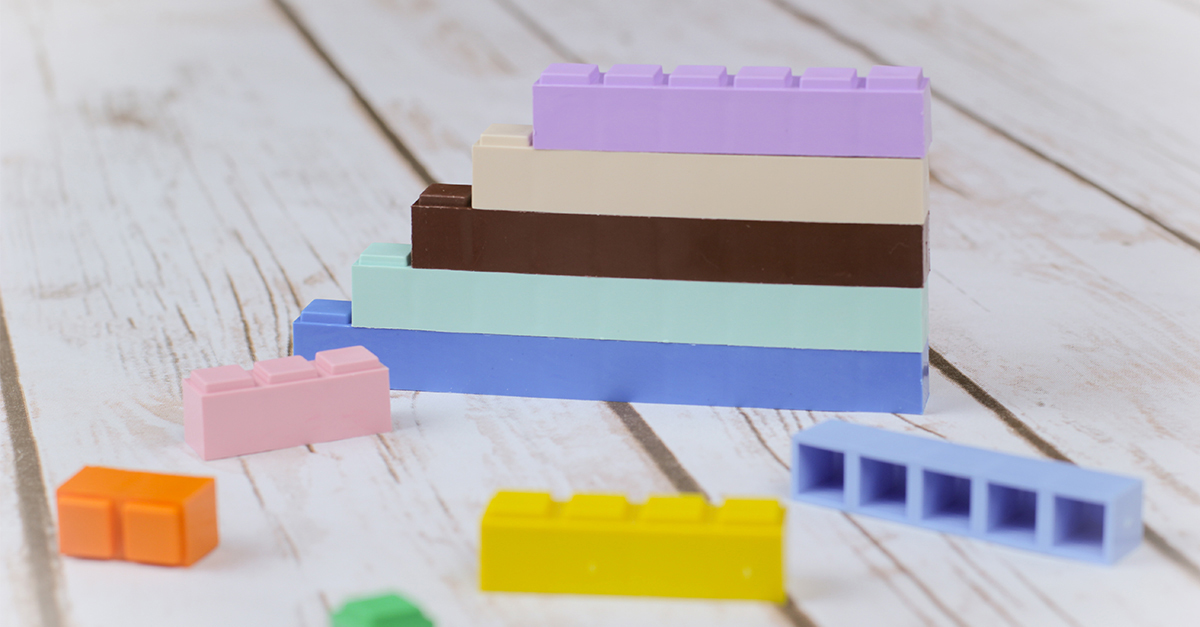Tool vs. Toy: How to Use Math Manipulatives Effectively

“Do I have to use the manipulatives? Are they even effective? Won’t my child just play with them?”
Over the last thirty years, we’ve heard these questions and many others regarding our Math-U-See Manipulatives. And after seeing our manipulative sets, you may have similar questions.
We don’t blame you! Researchers have also posed these queries and performed several studies on the effectiveness of manipulatives. Most of these studies have concluded that manipulatives are highly effective if used effectively. But how do you use manipulatives effectively?
As our math curriculum is based on the belief that manipulatives play an essential role in a child’s education, we want to ensure that you know how to use them properly.
4 Evidence-Based Tips to Enhance Your Child’s Learning with Math Manipulatives
1) Use the Concrete-Representational-Abstract Approach
Because of its abstract nature, math is a tricky subject. To grasp abstract math concepts, most people have to reason concretely first. In other words, they must see the idea before they’re capable of fully understanding it. That’s where manipulatives come in handy.
Manipulatives serve as a physical model of a mathematical idea. A concrete representation of an abstract concept helps children visualize it and understand how and why it’s true. Once they have a concrete grasp on the idea, they can move on to representational awareness and eventually complete abstract understanding.
Implementing the Concrete-Representational-Abstract (CRA) approach helps your child learn from math manipulatives without becoming reliant on them. The CRA approach consists of three stages:
- Concrete Stage: Introduce a new math concept or skill with manipulatives, then allow your child to solve practice problems using the manipulatives.
- Representational Stage: Once your child has mastered the concept while using manipulatives, you may also use drawings or pictures to serve as representations. Be sure to explain how the pictures relate to the manipulatives and provide plenty of practice opportunities.
- Abstract Stage: Finally, show your child the relationship between the manipulatives, representations, numbers, and symbols. Check for understanding as they practice, and use the manipulatives to help solidify their understanding of the abstract concept.
The Math-U-See curriculum applies the CRA approach and expands on it with our “Build, Write, Say” method. Students use manipulatives to build the math problem, they write the problem out with representational symbols, then they say it to reinforce understanding of the abstract concept.

2) Clearly Explain How the Manipulative Represents a Concept
For math manipulatives to be beneficial, you must clearly define the connection between the object and concept. Otherwise, your student may become more frustrated and confused.
To avoid this issue, spend ample time introducing the manipulative to your student in the early concrete stage. First, explicitly show them how the manipulative represents the concept you’re teaching and model how to use it. Then, explore the idea using the manipulative and have them explain it to you in their own words to ensure understanding.
For example, when using our Math-U-See Integer Block Kit to help your student learn place value, you must first explain that the small green block represents one, the dark blue block represents ten, and the big red block represents a hundred. Once they see how the blocks represent the places, they can then begin to build numbers using the blocks and explain how they did it.
3) Avoid Distracting Manipulatives and Everyday Objects
Research shows that simple manipulatives are best when it comes to mathematics. Everyday objects and fun-shaped manipulatives with detailed features, such as money or counting bears, can distract students and prevent them from connecting the manipulative and the concept it represents. In that case, they become a hindrance instead of a helpful tool.
We designed our Math-U-See Manipulatives to be attractive but not distractive. That way, your student can direct their attention to understanding the math concept instead of the manipulative itself.
4) Use Math Manipulatives Consistently Over Time
For math manipulatives to be most effective, children need time to make the connection between them and the concepts they represent. In fact, research has shown that repeatedly using the same or similar manipulatives over a prolonged period promotes deeper mathematical understanding.
Math-U-See Manipulatives were intentionally designed to illustrate various concepts spanning from early number sense to advanced algebraic properties. As your child progresses with their mathematical studies, you can continuously use our Integer Blocks, Fraction Overlays, and Algebra/Decimal Inserts to support and solidify their learning.
Math manipulatives are an incredible tool when used effectively. We hope these four tips help you feel comfortable and confident using them in your homeschool instruction.